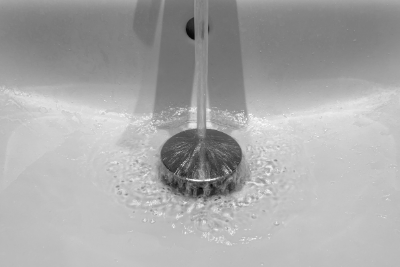How To Know if Your Sewer Line Is Broken
We rarely consider how important our sewer lines are until there’s a problem. Sometimes those issues are subtle enough to ignore, but that can lead to much bigger obstacles later on. This article will teach you how to know if your sewer line is broken, so you can get on top of the problem quickly before it evolves into something worse.
Multiple Slow Drains
It’s normal every now and then for one drain to clog up. You don’t need to worry every time your shower gets a little too clogged with hair; however, you could have a serious issue on your hands if you start to notice that it’s more than one drain that empties slowly. This could mean you have a clog somewhere deeper in your sewer line that could lead to a leak or pipe burst. The best thing to do is to call a professional sewer line expert to take a look at the problem.
Foul Odors
Perhaps the most unpleasant way to find out if your sewer line is broken is to smell the problem. When there is a large blockage in your sewer line, the gas that becomes trapped gets forced back up through your pipes and into your house. Don’t wait for a single moment if you start to smell a sewer stench coming from your drains. The gas can be harmful to your health, and a professional can get your system back in working order.
Mold Growth
Mold anywhere in your house is never a good sign. If you start to notice patches of brown or black mold have begun to accumulate in your house, you need to get the problem taken care of as soon as possible. All mold needs to grow is a dark, slightly humid environment; the kind of environment a leaky sewer pipe can cause inside your walls.
Lush and Extra Green Lawn Patches
One of the strangest parts about sewage is how bad it is for humans, but how beneficial it can be for plant growth. You’ll want to keep an eye on your lawn whenever possible to see if it starts growing quicker in seemingly random spots. If you notice these patches, it could mean the sewer line beneath the ground has sprung a leak, draining itself into the soil.


